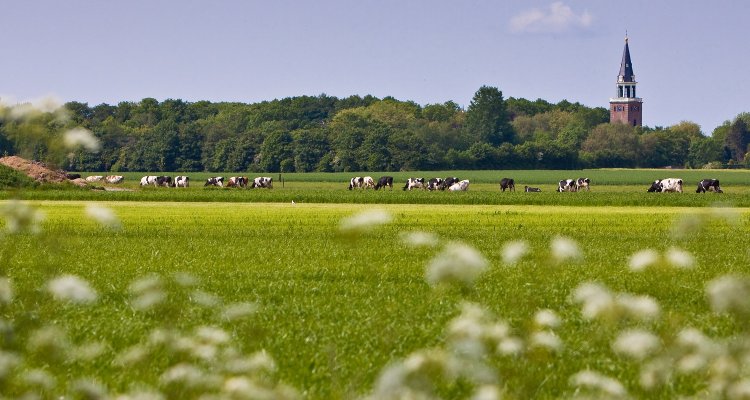
Project
Living Labs Achterhoek; towards a CCN production
The growing world population and the increased food demand comes with many challenges with respect to soil and water quality, climate, biodiversity, animal welfare, among others. How can we combine these challenges with sustainable food production and the ambitions and objectives of the region in the future?
The role of food and non-food biomass production (further referred to as food production) is important in the Achterhoek. Many innovative solutions have been developed to get to a sustainable food production system where production and environment are in balance. The challenge is to combine all challenges, policies and solutions in an integrated way in a region.
To enable a transition towards a sustainable food future, the Doughnut economy concept will be used. The outer ring of the doughnut represents the environment ceilings of our food system, whereas the inner ring represents the social fundament. The space in between the rings represent the safe-and-just operating space in which human, animal and planetary wellbeing are assured. The sum of activities at farm levels and other actors should fall within this safe-and-just operating space.
In the process stakeholders/actors are key: they thrive the transition process. The whole process is part of the research: how to co-design and co-create a multistakeholder transition process with local/regional actors and take lessons out of this process for other, comparable situations? And moreover, what is the role of the different actors, and especially what is the role of science?
In phase 1 of the project a vision on the region will be developed by using a collaborative approach in a Living Lab with local actors and scientists. In phase 2 of the project pathways that contribute to movement towards the developed vision are explored. One or two potential pathways will selected and worked out in more detail. Phase 3 of the project is about knowledge-sharing: multiple meetings will be organised with scientists, policy makers and other actors in the region.